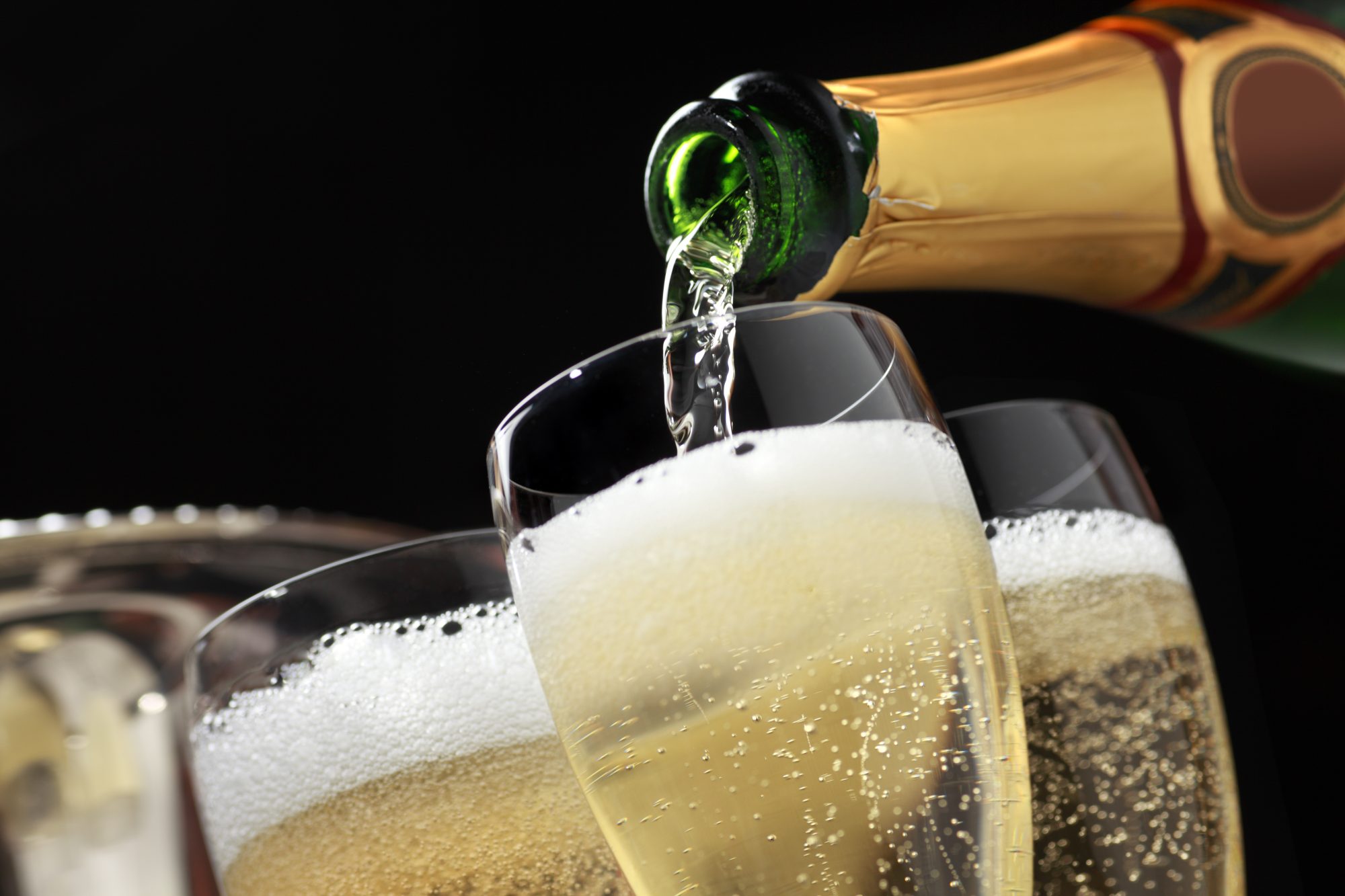

Articles
How To Store Leftover Champagne
Modified: December 7, 2023
Learn how to properly store leftover champagne in this informative article. Discover tips and tricks for preserving the taste and quality of your bubbly.
(Many of the links in this article redirect to a specific reviewed product. Your purchase of these products through affiliate links helps to generate commission for Storables.com, at no extra cost. Learn more)
Introduction
Champagne is a delightful and elegant beverage that adds a touch of sophistication to any celebration. However, it is not uncommon to find oneself with a partially finished bottle of champagne after a special occasion. The question then arises: what is the best way to store leftover champagne to ensure its quality and flavor are preserved?
Storing leftover champagne can be a bit tricky, as it is a delicate sparkling wine that can rapidly lose its effervescence and freshness if not handled properly. The main challenges when it comes to storing champagne are preserving the carbonation and preventing oxidation.
In this article, we will explore several methods and tips for storing leftover champagne to help you make the most of your remaining bubbly. Whether you want to save the champagne for a future celebration or repurpose it in delightful recipes, we have you covered. So, let’s dive in and discover the best ways to store leftover champagne!
Key Takeaways:
- Preserve the sparkle: Refrigerate promptly, seal tightly, and store upright to maintain leftover champagne’s effervescence and flavors for future enjoyment.
- Culinary creativity: Repurpose leftover champagne in cocktails, risottos, sauces, sorbets, and jellies to savor its unique essence in delightful culinary creations.
Read more: How To Store Champagne
The Problem with Storing Leftover Champagne
Champagne, being a carbonated wine, presents a unique challenge when it comes to storage. Its bubbles are a result of the secondary fermentation that occurs in the bottle, and once opened, the carbonation starts to dissipate. As a result, storing leftover champagne can be a bit challenging, as you want to preserve its sparkling quality as much as possible.
Additionally, champagne is sensitive to oxidation, meaning that prolonged exposure to air can cause it to lose its vibrant flavors and develop a flat taste. Oxidation can quickly ruin the unique characteristics that make champagne so special.
Another factor to consider is temperature. Champagne is highly sensitive to temperature changes, and fluctuations can negatively impact its quality. Exposure to high temperatures can accelerate the aging process and cause the champagne to deteriorate rapidly, while very low temperatures can freeze the liquid and alter the flavor profile.
All these factors combined make it crucial to find the right storage method to maintain the integrity, taste, and effervescence of leftover champagne for as long as possible.
Tips for Storing Leftover Champagne
When it comes to storing leftover champagne, there are several tips that can help you maintain its quality and flavors. Here are some essential tips to keep in mind:
- Refrigerate promptly: As soon as you are done enjoying your champagne, make sure to refrigerate the leftover bottle right away. Champagne is best kept cold, ideally at a temperature between 40-45°F (4-7°C), to slow down the oxidation process and preserve the carbonation. Avoid leaving the bottle at room temperature for too long, as it can quickly deteriorate the champagne’s quality.
- Seal it tightly: To maintain the fizziness, it is crucial to seal the bottle tightly. The original champagne cork is not designed for resealing, so consider investing in a champagne stopper or wine vacuum pump to create an airtight seal. These tools help preserve the carbonation and prevent oxidation, ensuring that your leftover champagne stays fresh.
- Store it upright: Unlike regular wine, champagne should be stored upright, especially when it has been opened. Storing the bottle upright minimizes the surface area exposed to oxygen, helping to preserve the champagne’s flavor and quality. This is particularly crucial when using the recork method.
- Avoid shaking the bottle: It may be tempting to shake the bottle to release the remaining bubbles, but this can actually accelerate the loss of carbonation. Instead, gently turn the bottle upside down once or twice to distribute the carbonation throughout the liquid without excessive agitation.
- Keep it away from light: Champagne is sensitive to light and can undergo a process called “lightstrike,” which can result in off-flavors. Keep your leftover champagne away from direct sunlight or fluorescent lighting to maintain its optimal taste.
By following these tips, you can ensure that your leftover champagne retains its delicious taste and sparkling qualities, allowing you to enjoy it at its best when you’re ready to open the bottle again.
Method 1: Recork Method
The recork method is one of the simplest and most commonly used techniques for storing leftover champagne. This method involves using the original champagne cork to seal the bottle and keep the carbonation intact. Here’s how to do it:
- Ensure that the bottle is chilled. Remember, champagne should be stored at a temperature between 40-45°F (4-7°C) to maintain its quality.
- Gently remove the existing champagne cork by untwisting the wire cage and carefully easing the cork out of the bottle. Take care not to let the trapped gas rush out too quickly.
- Quickly inspect the cork to ensure it is clean and free of any sediment or particles. Wipe it clean if necessary.
- Reinsert the cork into the bottle, making sure it is inserted fully and tightly. Give it a gentle twist to create a secure seal.
- If the original cork does not fit snugly, you can use a champagne stopper instead. These stoppers are designed specifically for sealing champagne bottles and can provide a better seal than the original cork.
- Once the bottle is sealed, store it upright in the refrigerator to minimize oxidation and maintain the carbonation. Remember to keep it away from light sources.
- It’s important to note that the recork method is best suited for short-term storage (around 1-2 days) as the carbonation may diminish over time. For longer storage, consider using alternative methods to preserve the champagne’s quality.
By using the recork method, you can elongate the lifespan of your leftover champagne and enjoy it at a later time without compromising its sparkling nature and flavors.
Store leftover champagne in the refrigerator with a champagne stopper to keep it fresh. Avoid shaking the bottle to prevent losing carbonation. Enjoy within 1-2 days for best quality.
Method 2: Champagne Stopper Method
If you’re looking for a more secure and reliable way to store leftover champagne, using a champagne stopper is an excellent option. Champagne stoppers are specifically designed to create an airtight seal, preserving the carbonation and flavors of the champagne. Here’s how to use a champagne stopper to store your leftover bubbly:
- Make sure the bottle is chilled. Champagne should always be stored at a temperature between 40-45°F (4-7°C). This will help maintain its freshness and quality.
- Remove the wire cage from the bottle’s cork and gently twist and remove the cork.
- Clean the champagne stopper before using it. Ensure that it is dry and free from any debris that may affect the seal.
- Insert the champagne stopper into the bottle, pushing it down firmly until it is securely in place. The stopper should fit snugly and create an airtight seal.
- Ensure that the champagne stopper is properly sealed by giving the bottle a gentle shake. If no carbonation escapes, it means that the stopper is working effectively.
- After sealing the bottle with the champagne stopper, store it upright in the refrigerator to maintain the carbonation and prevent oxidation. Remember to keep it away from light sources.
- Using a champagne stopper allows you to store leftover champagne for a longer duration, typically up to 3-5 days, while still maintaining its bubbles and flavors. However, it’s essential to note that the quality may gradually decline over time, so it’s best to consume the champagne as soon as possible.
By using a champagne stopper, you can store your leftover champagne with confidence, knowing that it will remain fresh, bubbly, and ready to be enjoyed at your next celebratory moment or intimate gathering.
Read more: How To Store Unopened Champagne
Method 3: Using a Wine Vacuum Pump
For those who seek a more advanced method for preserving leftover champagne, a wine vacuum pump can be an excellent tool to consider. A wine vacuum pump uses suction to remove the air from the bottle, creating a vacuum seal that helps to prevent oxidation and maintain the carbonation levels. Here’s how to use a wine vacuum pump to store your leftover champagne:
- Start by chilling the bottle of champagne in the refrigerator to ensure it is at an optimal temperature for storage (40-45°F or 4-7°C).
- Once chilled, remove the existing cork or stopper from the bottle.
- Thoroughly clean the wine vacuum pump and ensure that it is dry and free from any debris or residue.
- Insert the wine vacuum pump’s stopper into the bottle, making sure it fits securely.
- Begin to pump the handle of the wine vacuum pump to remove the air from the bottle. Continue pumping until you feel resistance or hear a clicking sound, indicating that the vacuum seal has been created.
- Once the vacuum seal is in place, store the bottle upright in the refrigerator to maintain the carbonation and preserve the champagne’s quality. Remember to keep it away from light sources.
- The wine vacuum pump method is an effective way to extend the lifespan of leftover champagne for up to 5-7 days, relying on the vacuum seal to prevent oxidation and loss of carbonation. However, it’s important to note that the flavor and quality may begin to deteriorate after a few days, so it’s best to consume the champagne as soon as possible.
By utilizing a wine vacuum pump, you can prolong the enjoyment of your leftover champagne, savoring its effervescence and flavors for an extended period.
Method 4: Repurposing Champagne in Recipes
If you find yourself with leftover champagne that you’re unable to finish or store for an extended period, don’t let it go to waste! Repurposing champagne in recipes is a creative and delicious way to make use of the remaining bubbly. Here are a few ideas on how you can incorporate leftover champagne into your culinary endeavors:
- Champagne Cocktails: Use your leftover champagne as a base for refreshing cocktails. From classic mimosas to champagne spritzers, there are countless cocktail recipes that can benefit from the addition of bubbly. Experiment with different fruit juices, syrups, and garnishes to create unique and flavorful drinks.
- Champagne Risotto: Add a touch of elegance to your risotto by substituting some of the cooking liquid with champagne. The champagne imparts a subtle, sophisticated flavor that elevates this classic dish to new heights. As you cook the risotto, gradually add champagne alongside the stock, and proceed with the usual risotto-making process.
- Champagne-infused Sauces: Incorporate champagne into sauces to enhance their flavor profiles. From creamy cheese sauces to delicate seafood sauces, a splash of champagne can add a unique twist. Consider using it as a deglazing liquid for pan sauces or reducing it with other ingredients to create a champagne reduction for a rich and flavorful sauce.
- Champagne Sorbet: Use your leftover champagne to make a refreshing sorbet. Simply combine champagne with sugar syrup and a hint of lemon or other citrus flavors, then churn in an ice cream maker according to the manufacturer’s instructions. The result is a delightful and elegant dessert.
- Champagne Jelly: Turn your leftover champagne into a fancy jelly to enjoy on toast or alongside cheese plates. Dissolve gelatin in champagne, add a touch of sweetness with sugar or honey, and allow the mixture to set in the refrigerator. This unique and sparkling jelly is perfect for adding a touch of luxury to your breakfast or as a delightful accompaniment to cheeses.
With a bit of creativity, you can repurpose your leftover champagne in various culinary creations. Not only will you enjoy the delightful flavors, but you’ll also get to savor the essence of champagne in a whole new way. Don’t let your leftover champagne go to waste; let it inspire you in the kitchen!
Conclusion
Storing leftover champagne can be a bit challenging due to its delicate carbonation, sensitivity to oxidation, and temperature requirements. However, with the right methods and techniques, you can preserve the freshness, effervescence, and flavors of your leftover champagne for as long as possible.
In this article, we explored several methods for storing leftover champagne. The recork method, using the original champagne cork or a champagne stopper, provides a simple and effective way to seal the bottle and maintain carbonation. The wine vacuum pump method offers a more advanced approach, creating a vacuum seal to prevent oxidation. If you find you’re unable to store the champagne, repurposing it in recipes like champagne cocktails, risottos, sauces, sorbets, or jellies allows you to enjoy its unique flavors in new and delightful ways.
Remember, when storing leftover champagne, it’s important to refrigerate the bottle promptly, seal it tightly, store it upright, and keep it away from light sources. Following these tips will help to extend the lifespan and preserve the quality of your leftover champagne.
Whether you choose to store your leftover champagne for a future celebration or repurpose it in culinary creations, you can make the most of this exquisite beverage. By applying these storage methods and getting creative in the kitchen, you can continue to enjoy the delights of champagne long after the initial celebration is over.
So, the next time you find yourself with a partially finished bottle of champagne, don’t fret. Use these tips and techniques to store your leftover champagne with care and imagination, ensuring that every sip or bite remains as delightful as the first.
Frequently Asked Questions about How To Store Leftover Champagne
Was this page helpful?
At Storables.com, we guarantee accurate and reliable information. Our content, validated by Expert Board Contributors, is crafted following stringent Editorial Policies. We're committed to providing you with well-researched, expert-backed insights for all your informational needs.
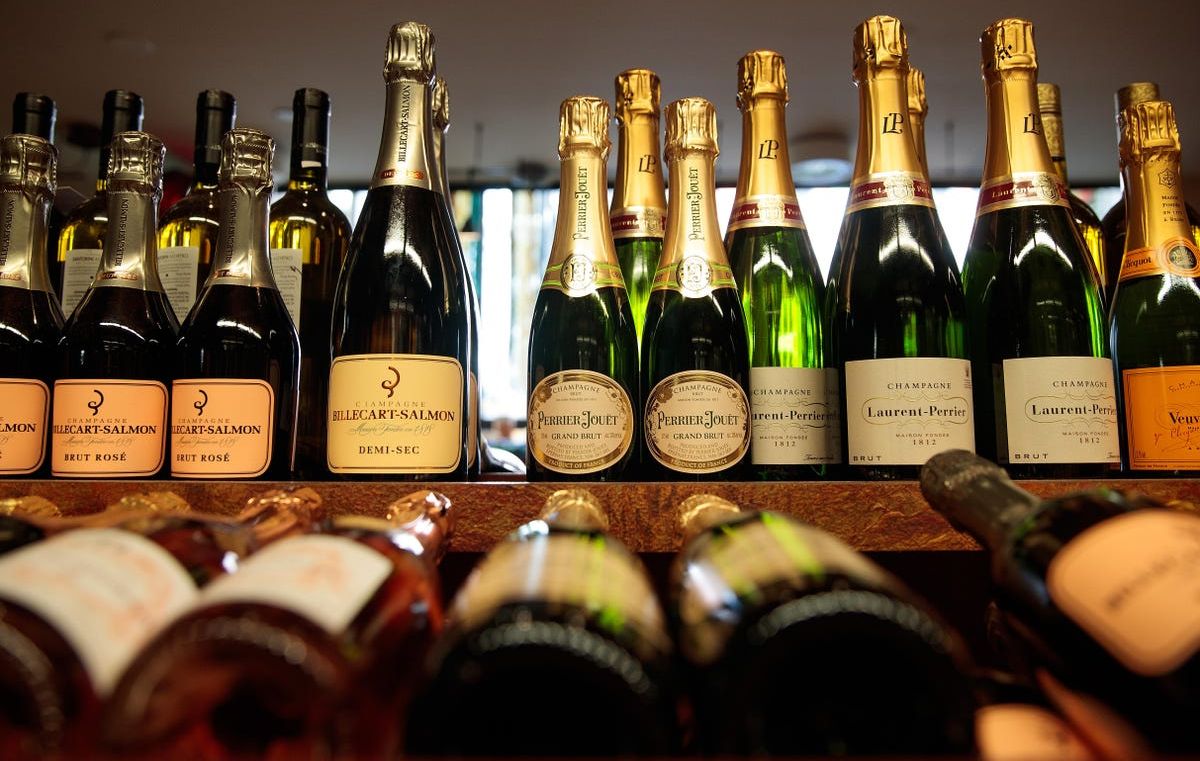
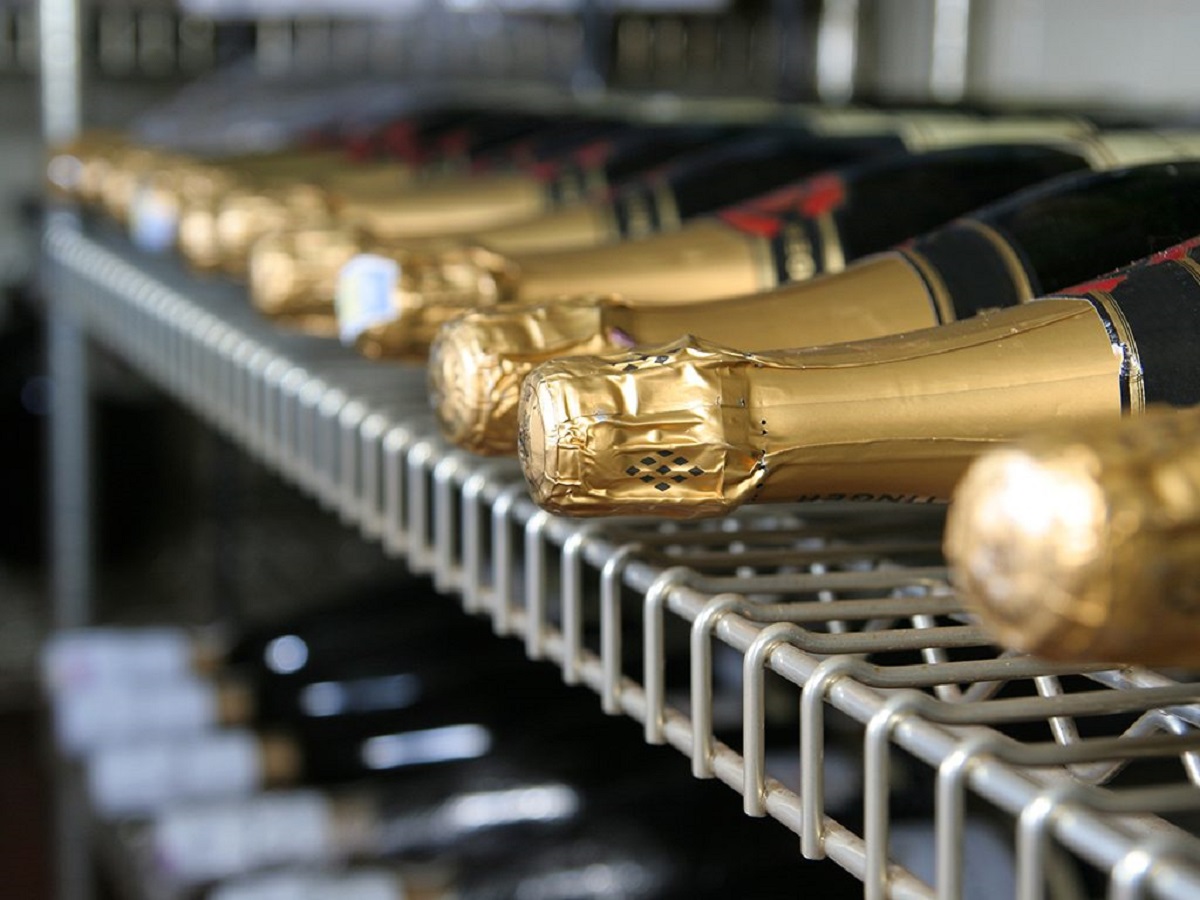
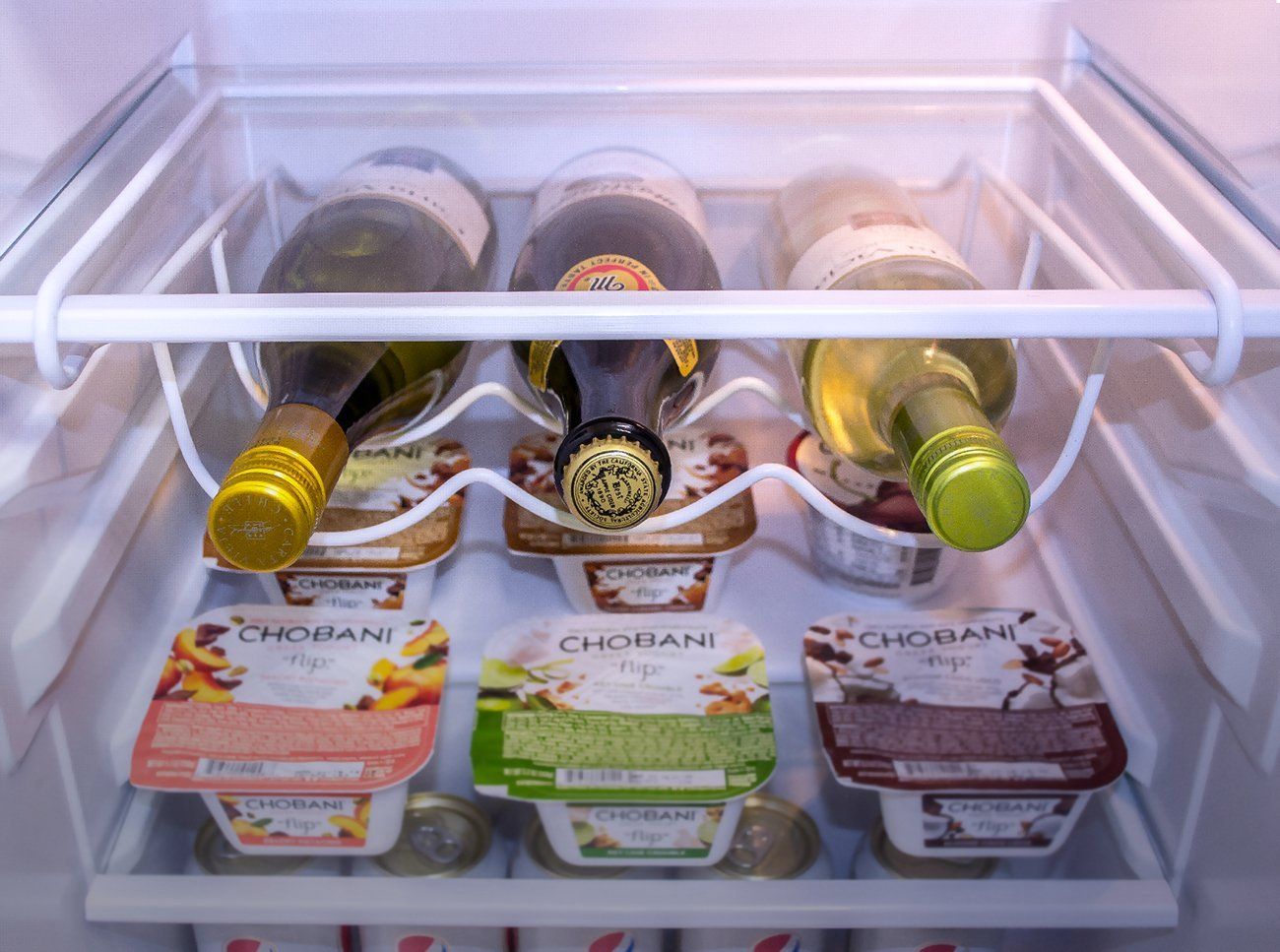
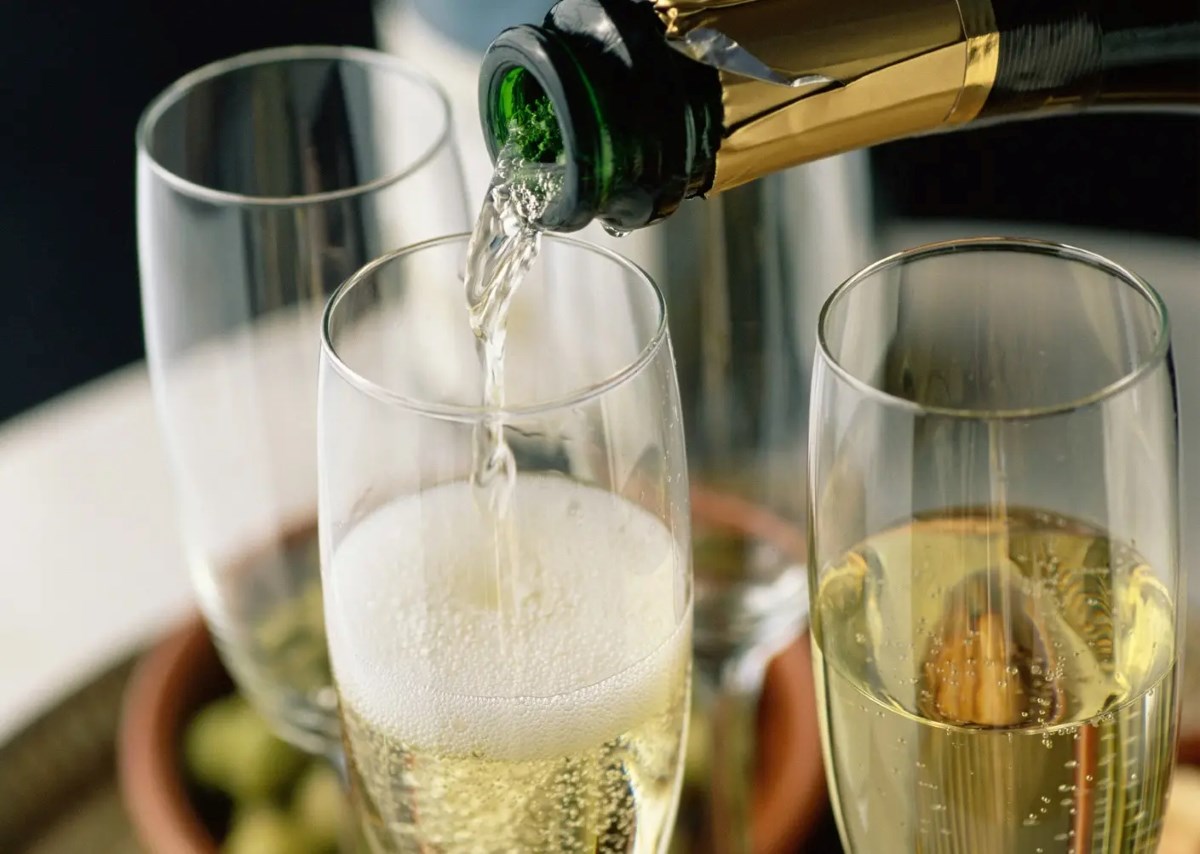
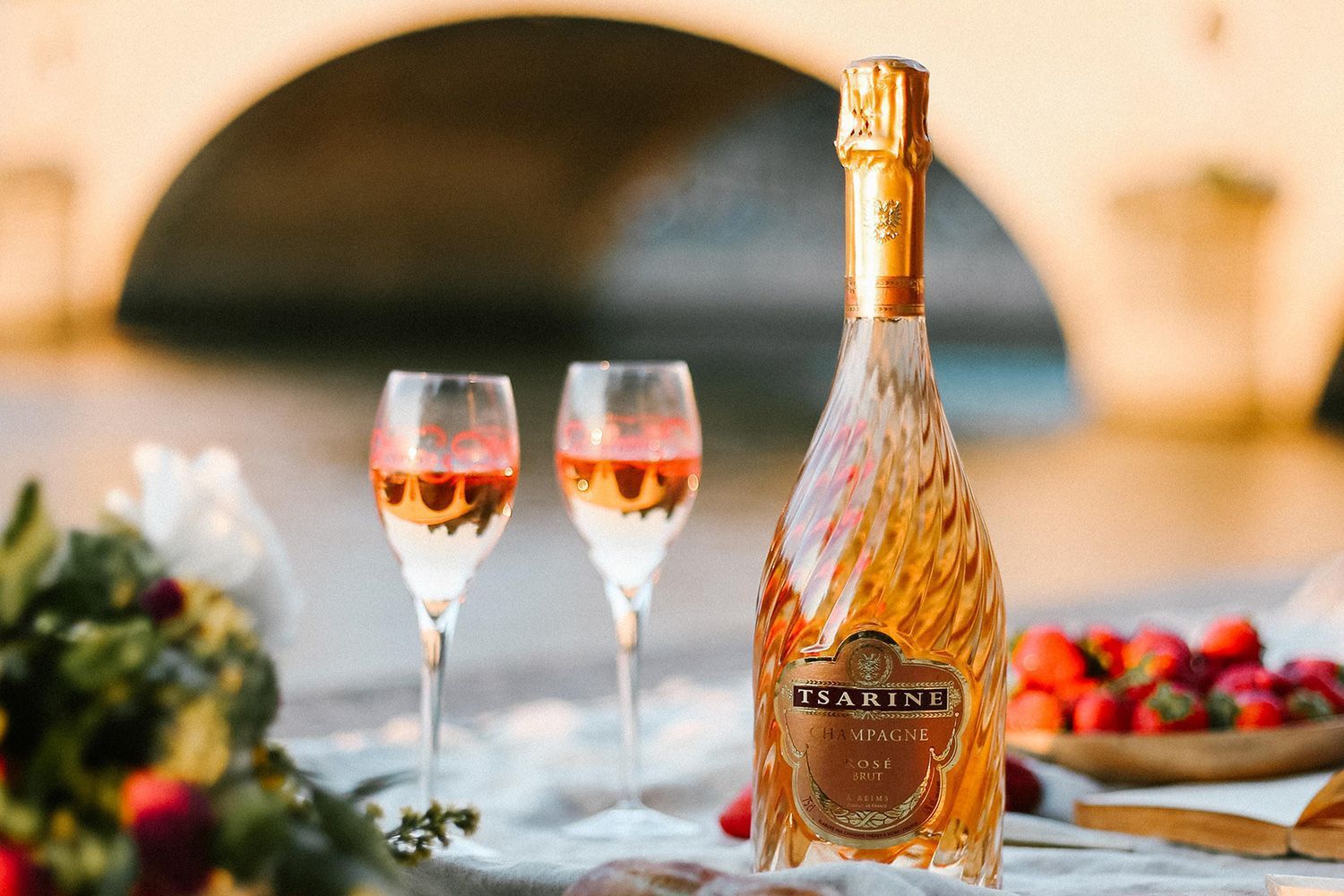
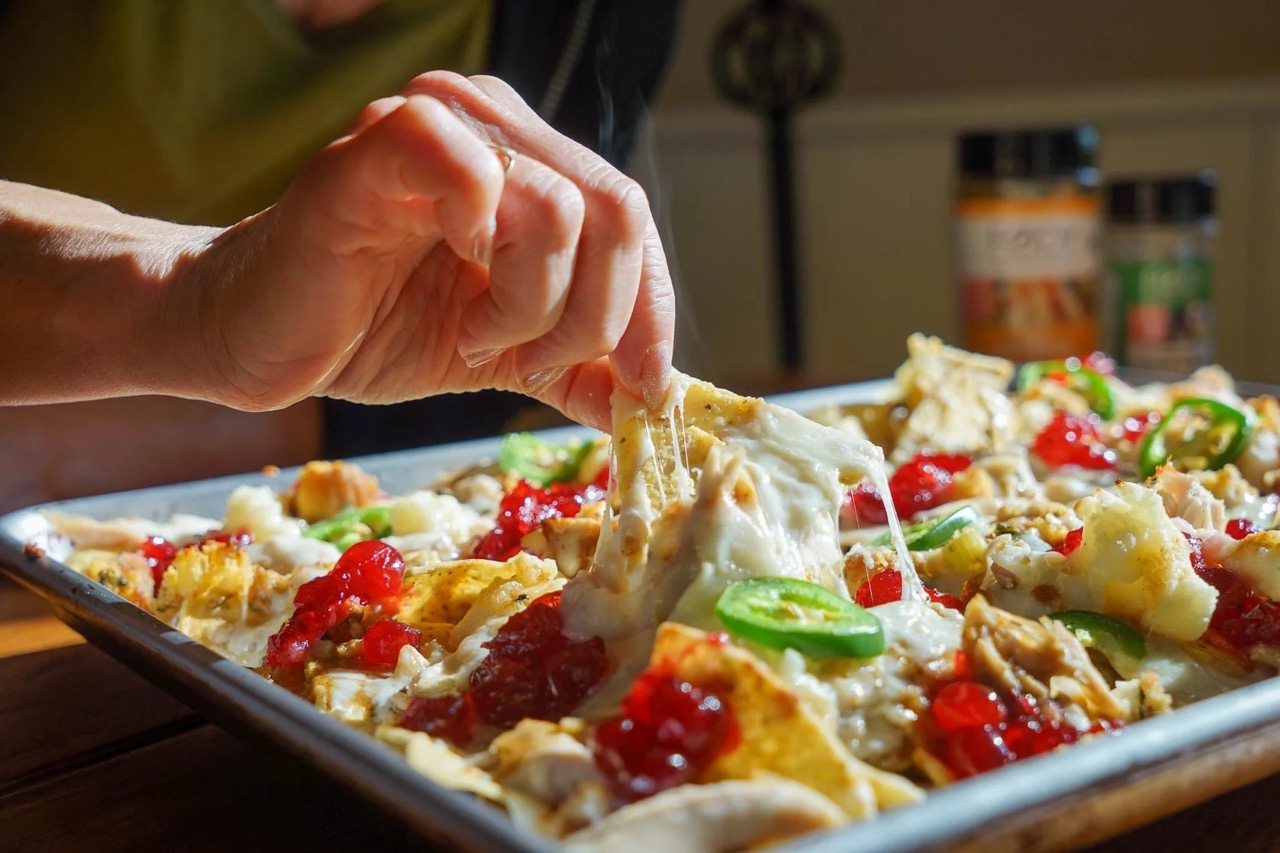
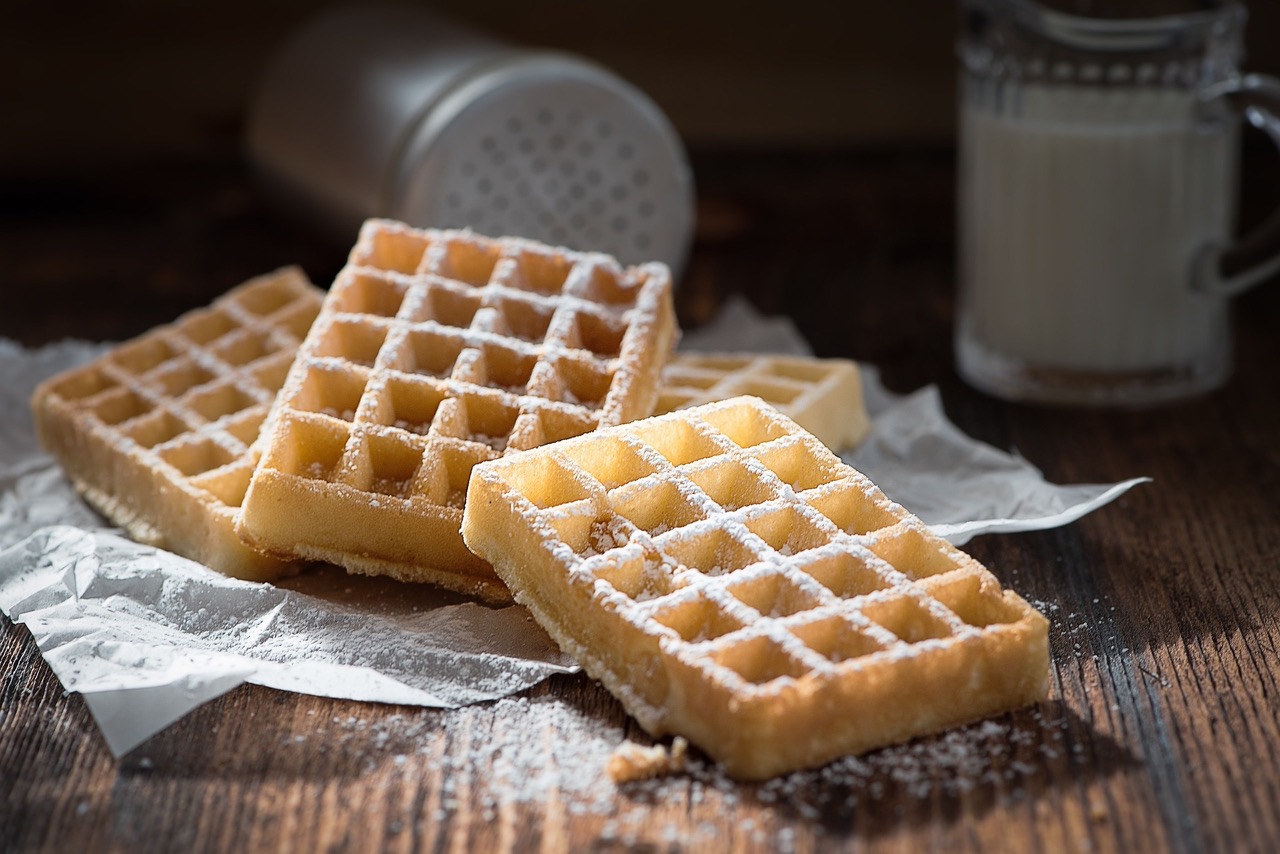
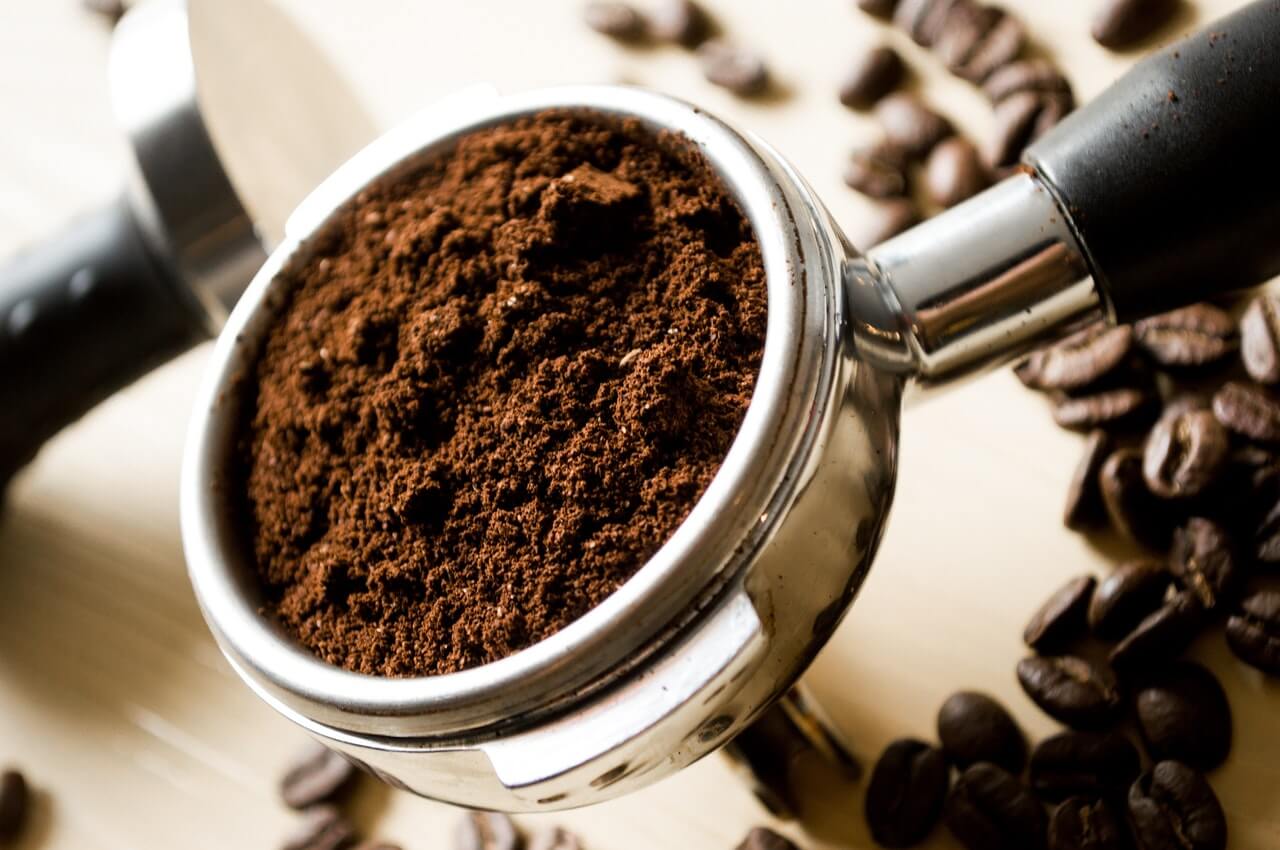
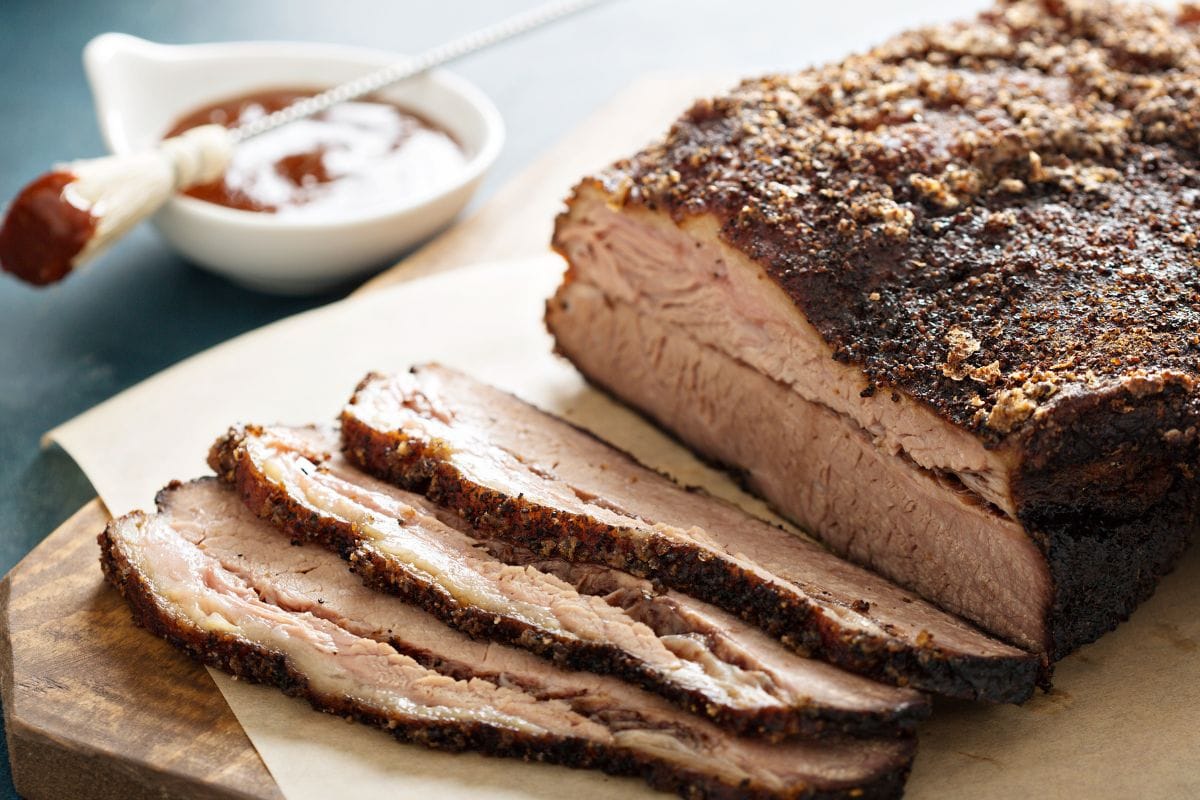
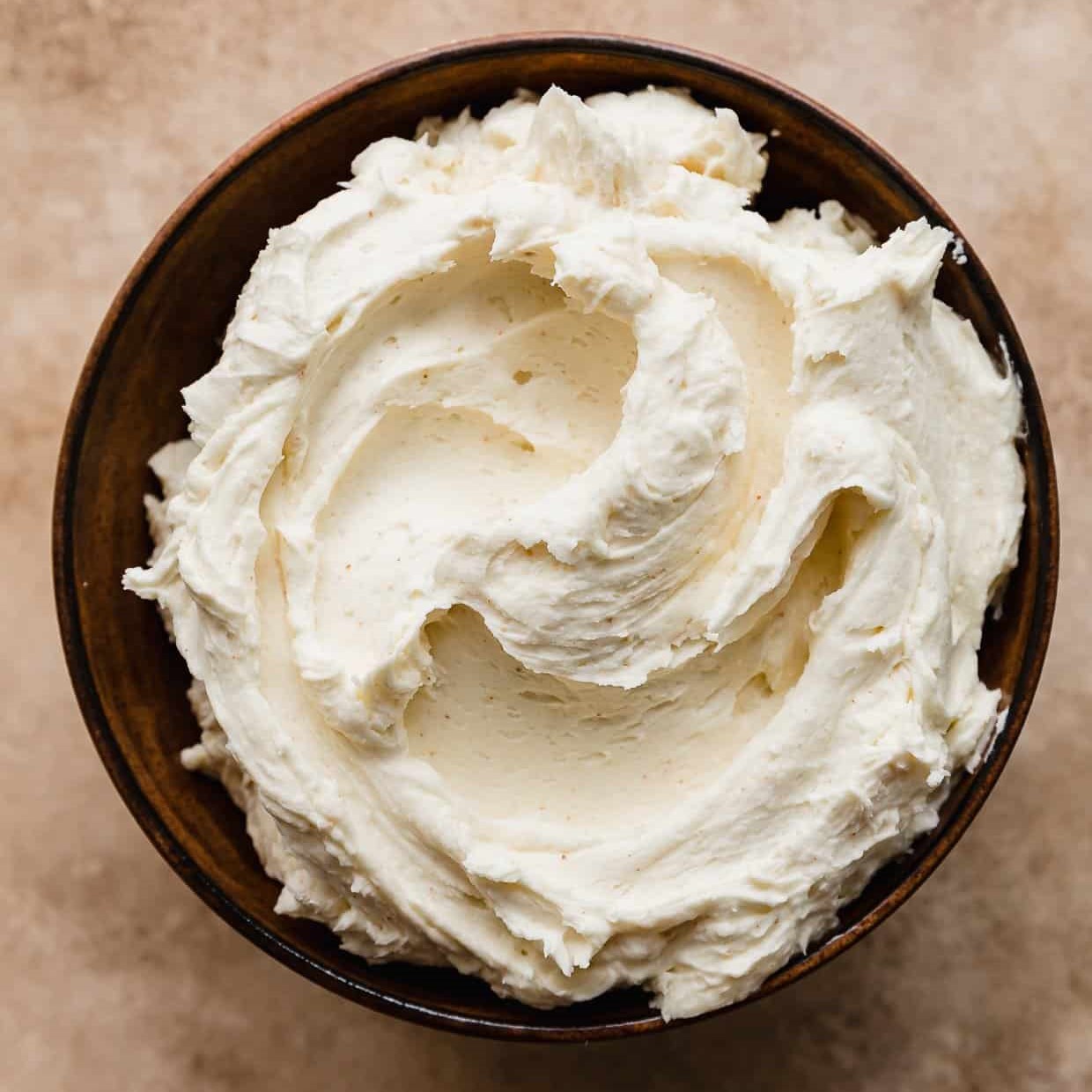
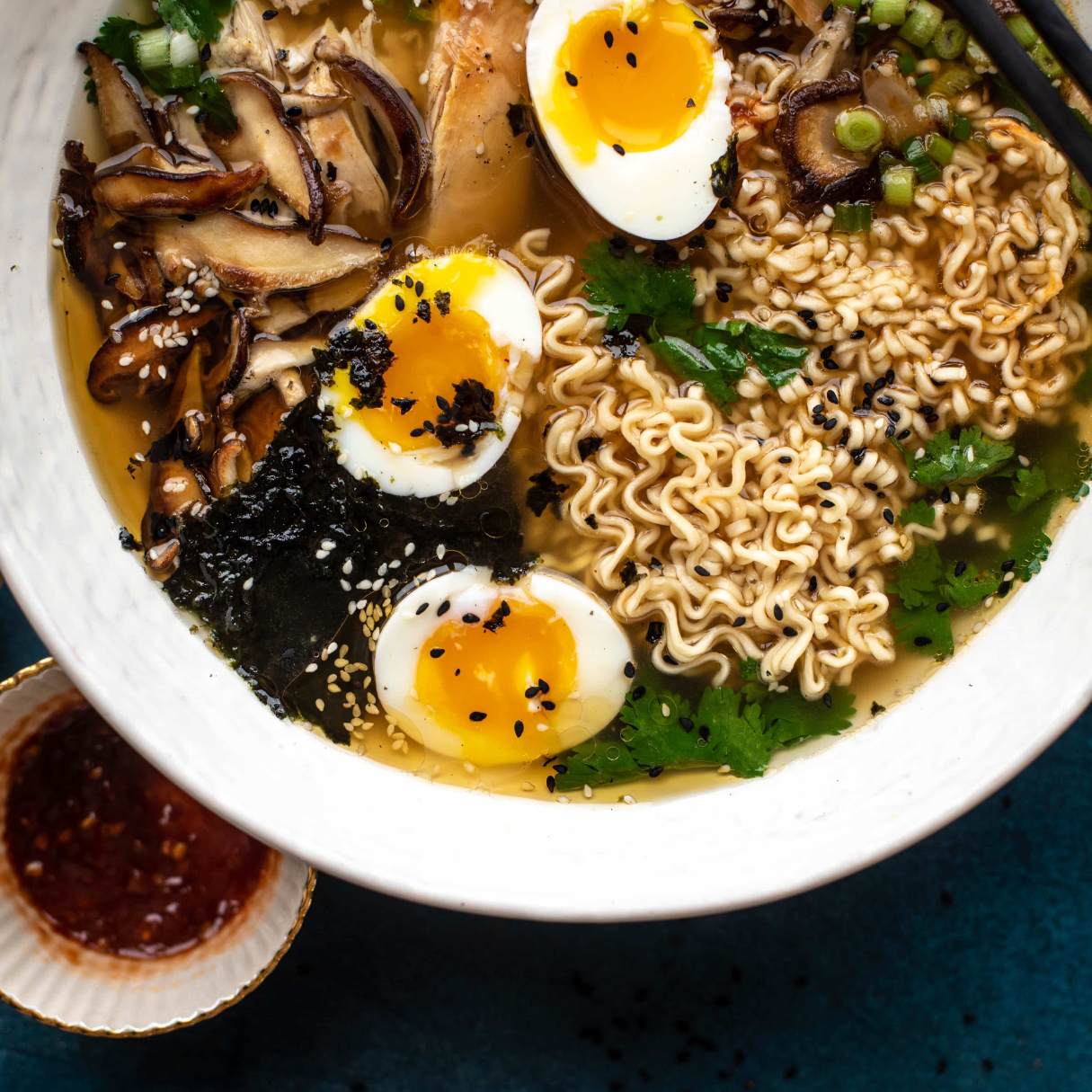
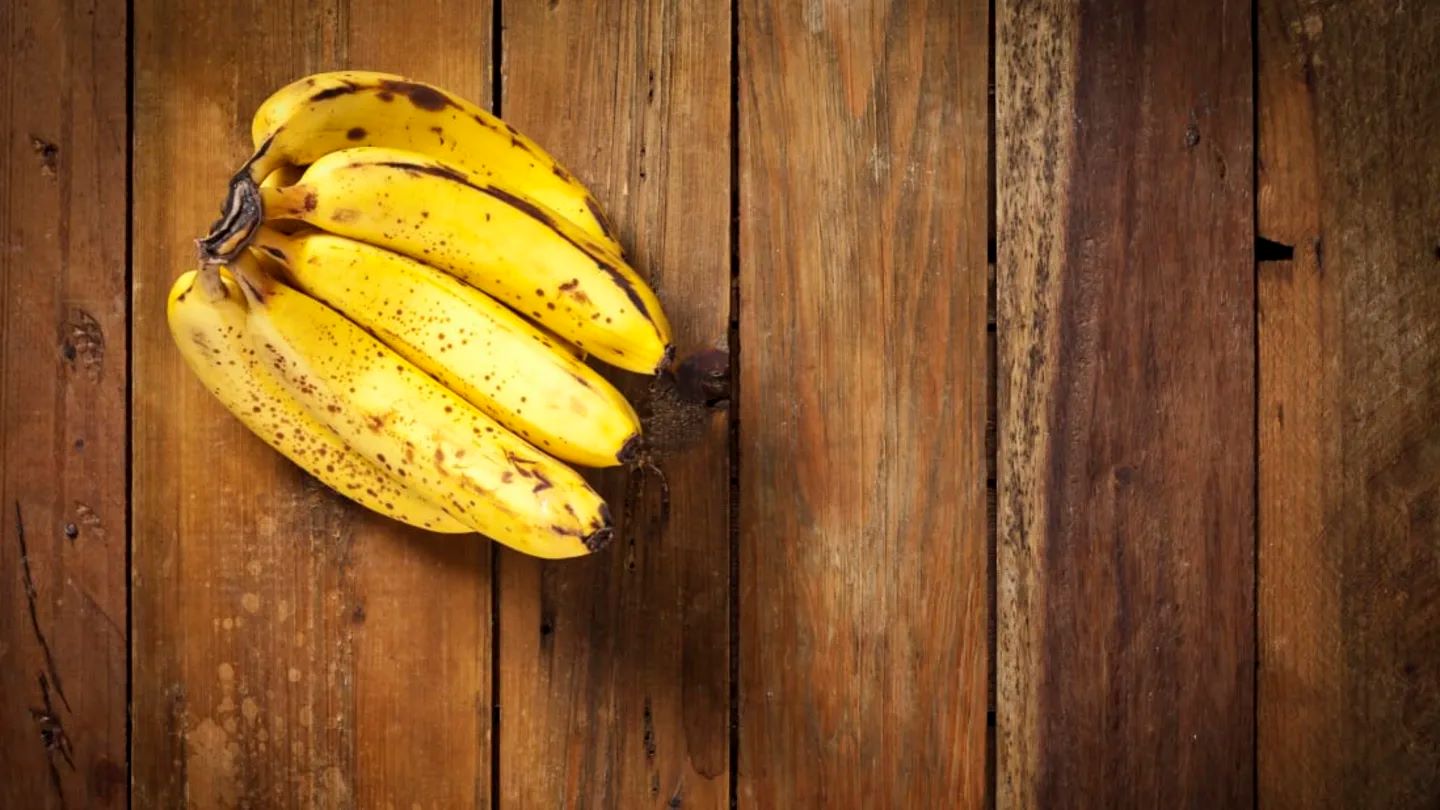
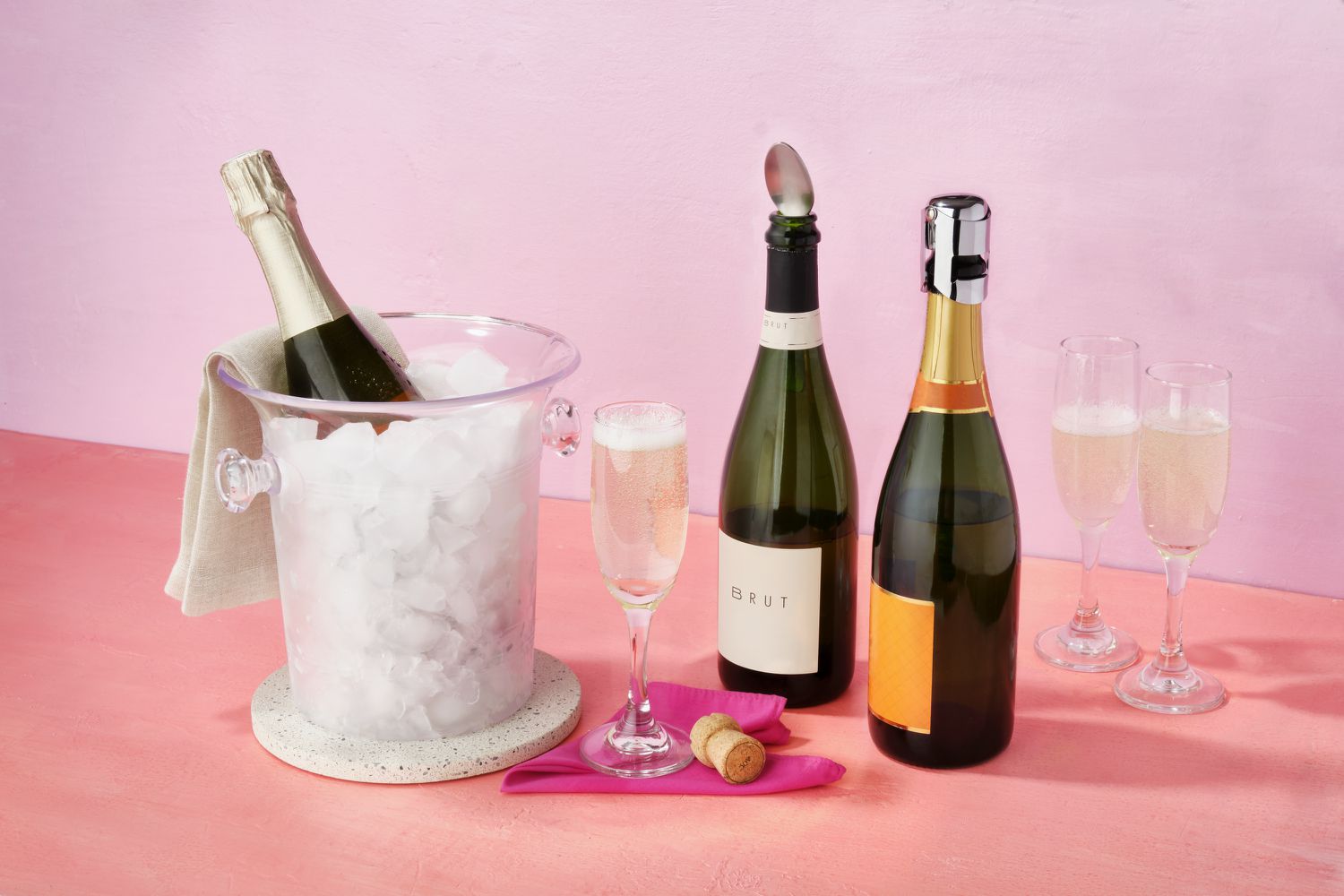
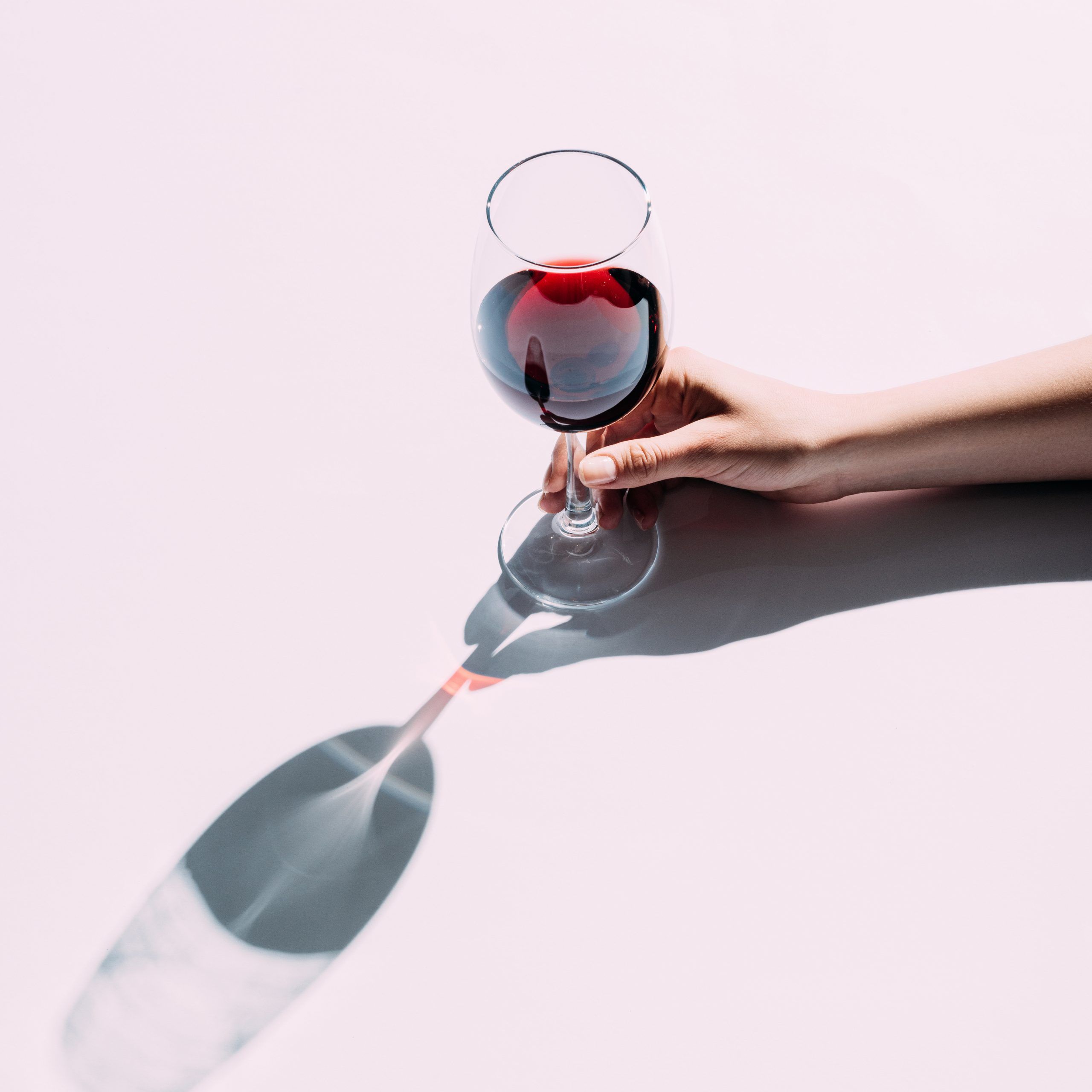

0 thoughts on “How To Store Leftover Champagne”